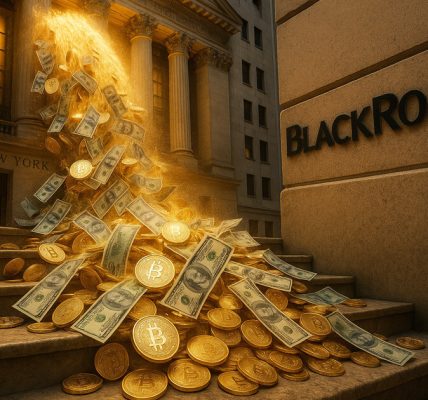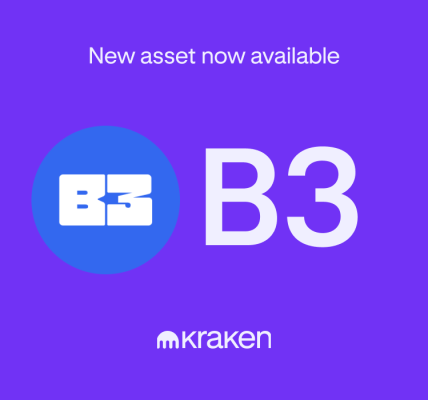
Native reviews point out that South Korea’s central financial institution has suspended its central financial institution digital forex (CBDC) pilot program, pivoting the nation’s focus towards a personal, bank-led stablecoin initiative.
The Financial institution of Korea (BOK) halted its “Challenge Han River,” following mounting stress from industrial banking companions who cited prohibitive prices and the absence of a viable enterprise mannequin, as The Korea Herald reported.
The undertaking launched earlier this yr was a two-tier system involving a wholesale CBDC for interbank settlement and tokenized deposits for retail use by 100,000 residents. Nevertheless, the seven taking part banks collectively spent almost 35 billion received (about $26 million) on the preliminary three-month section and had been unwilling to proceed with out a clear path to profitability.
A final-minute supply from BOK Governor Rhee Chang-yong to cowl half the prices for the undertaking’s second section was rejected, signaling that the banks’ issues had been basic to the enterprise case, not simply the expense.
Within the vacuum left by the state-led undertaking, a consortium of eight main industrial banks, together with KB Kookmin, Shinhan, and Woori, has fashioned to develop a won-pegged stablecoin. This initiative is actively supported by the Korea Monetary Telecommunications and Clearings Institute (KFTC) and goals for a public launch in late 2025 or early 2026.
The banks see a transparent industrial benefit in issuing their very own stablecoins, leveraging their buyer base to create new income streams and stop disintermediation from fintech rivals or a state-run forex.
This strategic pivot was enabled by a shift in authorities coverage beneath President Lee Jae-myung, who campaigned on a pro-crypto platform that included a promise to approve won-pegged stablecoins.
President Lee’s administration is fast-tracking the “Digital Asset Fundamental Act,” laws that gives a authorized framework for stablecoins. The act notably grants main regulatory authority to the Monetary Providers Fee (FSC), not the Financial institution of Korea, and units a low capital requirement of ₩500 million (about $370,000) to encourage competitors.
The personal sector has moved aggressively to safe its place. KB Kookmin, the nation’s largest financial institution, filed for 17 totally different logos for potential stablecoin tickers like KBKRW, which it known as a “preemptive transfer.” In the meantime, Shinhan Financial institution has been making ready for this second for years, conducting worldwide remittance proofs-of-concept with stablecoins way back to November 2021.
Whereas BOK Governor Rhee has publicly conceded that won-backed stablecoins are vital, he and different central financial institution officers proceed to precise grave issues. They warn {that a} proliferation of personal stablecoins may undermine financial coverage, create systemic threat paying homage to the 2022 Terra/Luna collapse, and speed up capital flight as customers swap won-stablecoins for dollar-pegged options.
The quantity of USD-pegged stablecoin transactions in Korea reached ₩56.95 trillion ($41.6 billion) within the first quarter of 2025 alone.
The central financial institution has advocated for a extra cautious rollout, preferring that solely extremely regulated banks be allowed to subject stablecoins initially earlier than increasing to non-bank entities.
Within the meantime, the BOK has framed its suspended CBDC work as a possible “countermeasure to stablecoins,” a public choice to be revived if the personal market proves too risky.




